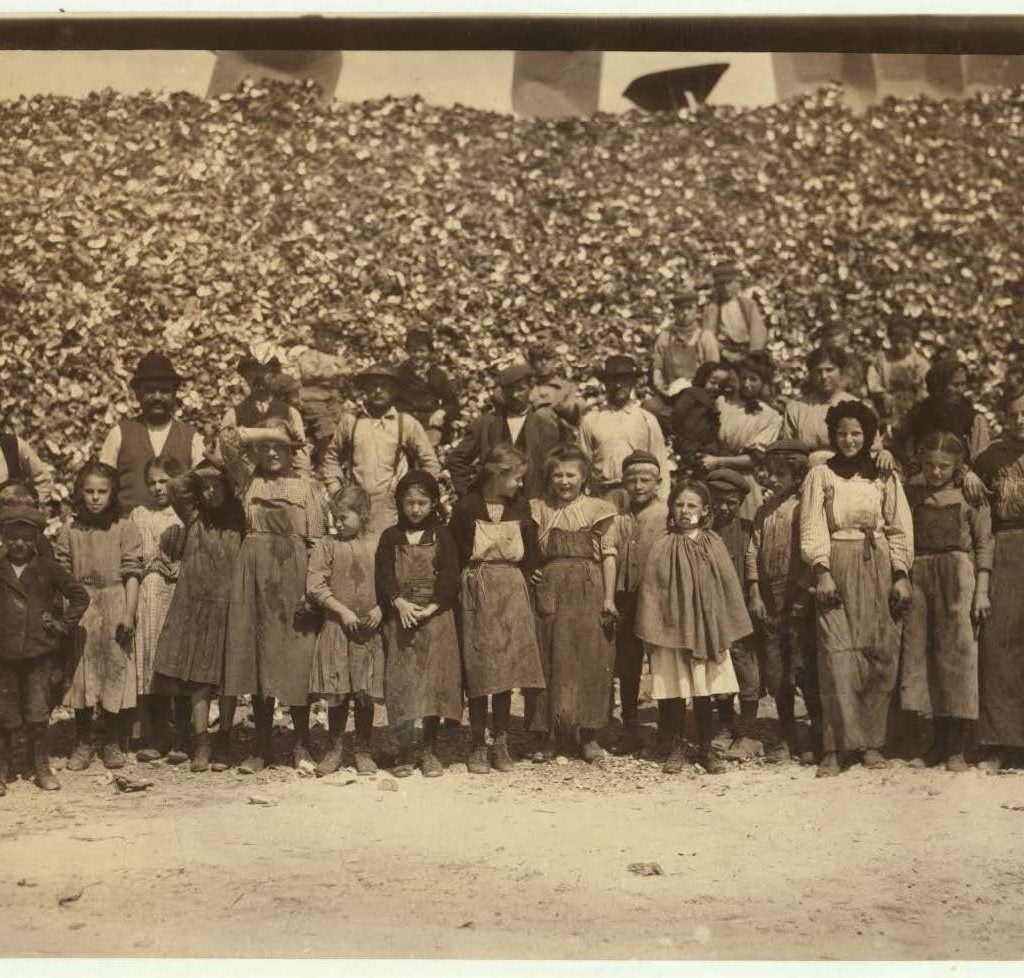While Land Washes Away, How Do We Save Louisiana’s Cultural Heritage?
The State of the Coast conference brings policymakers, stakeholders and technical experts together to share their research and vision for coastal Louisiana’s future in the face of our land loss crisis. Amongst the efforts focused on preserving the future of coastal Louisiana and its communities are researchers focused on preserving its cultural heritage. Our cultural heritage is spread out across the coast in the form of many different cultural resources: historic buildings, traditional cultural properties, sacred sites, archaeological sites and cultural landscapes are just a few examples.

Approximate location of the town of Dunbar, Louisiana in December 2017. Only the pilings remain. Photo by Carlos Detres.
Together, these resources represent the evidence of the rich, physical history of humans living and thriving along Louisiana’s coast, whose legacies live in on in the cities, towns and communities many of us live in today. And while we strategize and prepare for our communities to live along the coast for many years to come, it’s an important and powerful reminder that our cultural heritage represents a record of how past peoples successfully lived amongst water for thousands of years. Our past has much to teach.
As land loss continues to threaten the coast, cultural heritage becomes threatened along with it. Terrestrial cultural resources, or resources that are situated on land, become submerged as the shorelines and marsh islands they sit on sink down into the waters of the Gulf. These resources can become endangered of being adversely effected or worse, destroyed. And once these resources are gone, they can’t be re-planted or re-nourished. They’re gone forever.
Which resources of our cultural heritage can we protect and how?
Which resources are most at risk and why? What threatened resources are beyond our grasp? Today we sit at a unique point in our history: we have the abilities to protect the future of coastal Louisiana’s past, its cultural heritage. It’s not yet beyond our grasp.

Oyster Shuckers (adults and children) at the Dunbar Cannery, Dunbar, Louisiana, taken in March 1911 by Lewis W. Hines.
So what will we do and how will we do it?
These topics and more will be discussed during the State of the Coast Conference in the session titled Vanishing by the Minute: What Land-loss and Development Means for Louisiana’s Cultural Heritage on Friday, June 1, from 9:00 – 10:30 am. Here is a list of presenters:
- Organized by Jayur Mehta, University of Illinois Urbana-Champaign
- Brian Ostahowski, Louisiana Archaeological Society, Coastal Land Loss and the Future of Louisiana’s Archaeological Record
- Richard Weinstein, Coastal Environments, Inc., The Effects of Shoreline Erosion at Sites 16SB47 and 16SB153, St. Bernard Parish, Louisiana
- Ryan Kennedy, Tulane University, Environmental Change and Coastal Resources: Perspectives from Colonial New Orleans
- Theresa Dardar, Pointe-au-Chien Indian Tribe, Pointe-au-Chien’s Efforts to Protect Culture, Lifeways, and Sacred Sites
In addition to this session, poster presentations focusing on coastal cultural resources include:
- Joost Morsink SEARCH Inc., The Piston Corer: A New Tool for Cultural Resources Survey in Nearshore Environments
- Dustin Reuther, Tulane University, Restoring Locality: An Anthropological Perspective of the Communities of Lower Terrebonne Parish and Environmental Restoration
Learn more about these issues by listening to Brian Ostahowski interviewed on our Delta Dispatches podcast below.
Listen Now!
